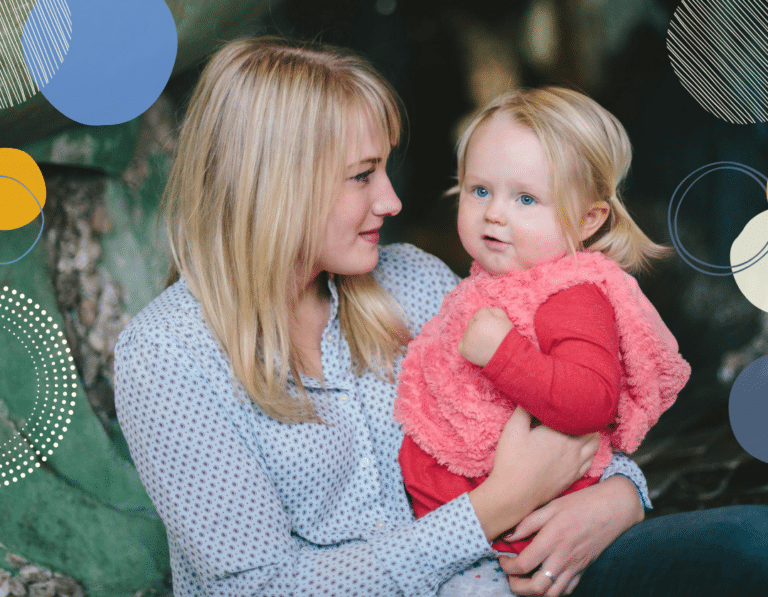Positive parenting: using consequences for misbehaviour
One of the key ways that children learn is through cause and effect. “I do X and Y happens – I like Y so I will do X again. I do W and Z happens – I don’t like Z therefore I won’t do W again.” Positive parents use consequences for misbehaviour to discourage children from unacceptable behaviour and encourage good choices.
The purpose of a consequence is not to punish a child or to make them feel bad. The purpose of a consequence is to provide an outcome that is less desirable than if your child had chosen a different course of action. As parents, we are structuring children’s choices so that next time they are more likely to choose the right path.
Using consequences for misbehaviour helps children learn to stick to essential boundaries such as not hitting or shouting or lying. But don’t overdo it and slip into ‘policeman’ parenting. Positive parents impose consequences when needed but aim to spend as much time as possible using reinforcing strategies (such as praise and attention) to encourage the right behaviour.
Consequences for misbehaviour work best when they are:
Predictable and consistent
The purpose of a consequence is to provide a clear distinction between doing the right thing and doing the wrong thing so that your child can learn to choose the right behaviour. Therefore, a good consequence is one that a child can reasonably predict will happen if they choose a particular course of action. Children can predict what is right and wrong when they have clear rules (or are given a clear instruction) and consequences are consistently applied. Consistency really matters: being inconsistent undermines consequences because it makes it harder for children to predict when consequences will happen, which makes it harder for them to learn.
Implemented immediately
The best consequences happen immediately so that the link between the behaviour and the consequence is crystal clear. Delayed consequences for misbehaviour can really dilute their effectiveness for younger children as they may not see the connection. Consequences work from about 2 years of age. Any younger than that and children don’t have the cognitive or language skills to understand them (or to make positive choices to avoid them).
As children get older, they can cope with delayed consequences a bit better. So, for a tween, cheating on screen time limits on Wednesday might mean reduced tech time on Thursday. For teenagers, you can use sophisticated reward and consequence systems like behaviour contracts. But be careful about delaying consequences too much as they can land you in a parenting quagmire. What if your child is as good as gold before you implement the consequence? Are you going to change your mind? Or stick to your guns and feel mean?
Logical consequences
Choose a consequence that logically fits the situation. If your child is throwing a toy, take away the toy. If your children are arguing over the remote control, turn off the TV. If your child is playing dangerously on the swing, remove them from the swing. Logical consequences help children see the connection between cause and effect. But if you can’t think of a logical consequence, it’s handy to have a back up consequence up your sleeve. Don’t threaten consequences or your child might learn only to co-operate when you threaten. Just step in and apply the consequence calmly.
Brief
Our win as a parent is always that children do the right thing. So keep consequences for misbehaviour short and give the kids a second chance as soon as possible. Taking a toy away for a couple of minutes is plenty of time for a young child. If they still make the wrong choice when given a second chance, you can impose the consequence again for a slightly longer period. Don’t reach for big numbers like a whole week. How are they going to learn to get it right if they don’t get the chance to practise? And how conflicted are you going to feel after four days when they are being angelic and want their favourite toy back!
Low attention
Consequences should always be low attention and non-hurtful. Step in early and implement a brief logical consequence calmly before you get wound up. Explain calmly what is happening and why. “I asked you to stop throwing that toy and you didn’t do it. I’m going to take the toy away for 2 minutes.” Ignore any fuss or complaints and don’t get into a debate. Children tend to repeat behaviour that gets attention. So make sure that consequences for misbehaviour are not accompanied by lots of attention or drama. The best consequences make children a bit bored!
Contrasted with good outcomes
Consequences work best when there is a clear difference in outcomes between doing the right thing and doing the wrong thing. Doing the wrong thing results in a consequence which is dull or boring or just not particularly desirable. Whereas, doing the right thing results in lots of lovely reinforcing positive attention from mum and dad. Most children will opt to repeat behaviour that gets a good outcome so motivation strategies are much better than relying just on consequences. If behaviour is particularly entrenched, a reward chart might be a good way to go.
If you are struggling with challenging behaviour, you might like to check out our online parenting course and coaching.






